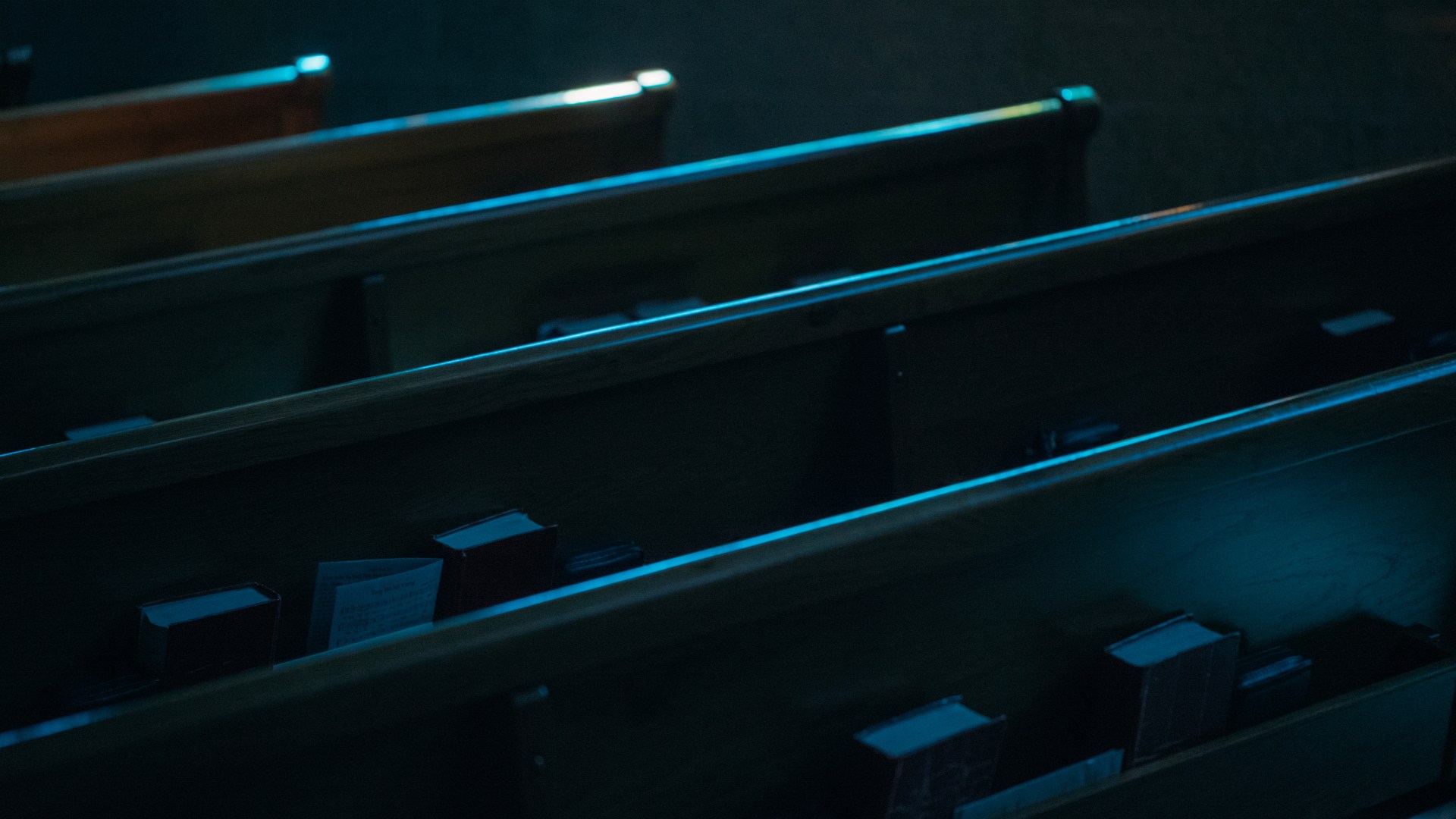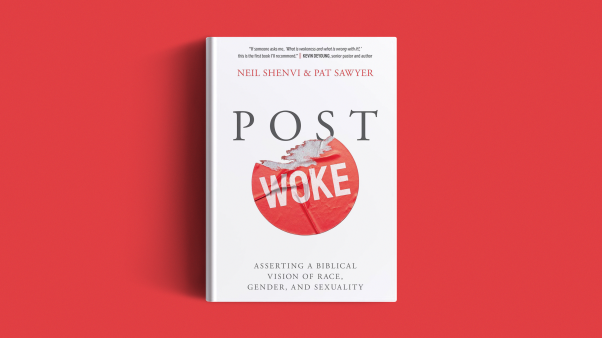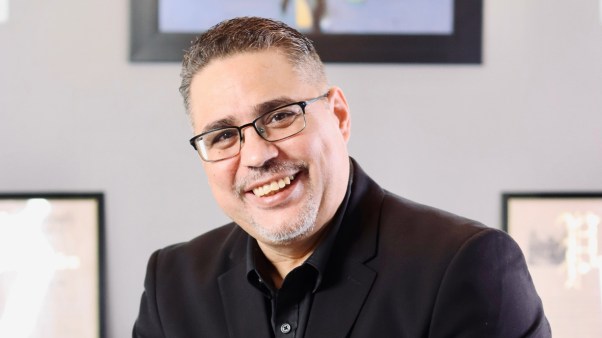A man who had long sexually abused children sat in front of his pastor, wanting to confess his crimes. He began cautiously, mentioning that there had been accusations against him. He got no further, as his minister broke in, “Well, that’s the stupidest thing I’ve ever heard of,” the minister said quickly. “You’re the last person I’d believe that of. End of conversation.”
This true account was shared in Anna C. Salter’s 1991 book, Predators, Pedophiles, Rapists, And Other Sex Offenders. As a psychologist who has spent over 20 years working with and studying victims and sexual offenders, Salter says that “many offenders report that religious people are even easier to fool than most people.”
Rachael Denhollander, the courageous attorney who invoked her faith in her statement during the trial of her abuser Larry Nassar, warns, “It defies the gospel of Christ when we do not call out abuse and enable abuse in our own church.” Shortly before Nassar’s trial, she lost her church because of her advocacy for other victims within evangelical churches. Her story is an example of a culture found in some churches that disregards victims.
A key outcome of the #MeToo movement is a growing sensitivity not only to predatory behaviors but to a culture that ignores victims. In May, uproar over a scence in the children’s movie “Show Dogs,” which included grooming behaviors, caused the studio to remove two scenes after the release.
Evangelical churches can also grow in understanding what kind of culture sexual abusers count on and work to create. Psychologists call it “grooming.” A proposed definition of grooming states that abusers, “… strategically manipulate the victim, their family, and the community to hide their deviant intentions and avoid detection.” The predators that are statistically likely to be in the pews, volunteering, and even behind the pulpit aren’t just grooming their victims, they are grooming their community to view them as trustworthy and even as spiritual leaders.
A study on how offenders groom found “… the community itself can also be primed and controlled through the grooming process. Many offenders tend to adopt a pattern of socially responsible and caring behaviour in public. They endeavour to build a good reputation and to create a strong social perception of themselves as being an upstanding member of the local church or community, as a nice man.”
Terra Mattson, a therapist, clinical director of Living Wholehearted, and adjunct professor of counseling at George Fox University, has spent years counseling victims, most from within the Christian world. Mattson told me that abusers in churches “have charismatic grooming techniques that they have crafted over years. The ultimate goal for any offender is to build trust quickly, creating a problematic situation for those in leadership if a victim steps forward. These offenders will come across as very helpful, talented, funny, likable, and even wise or godly.”
Mattson explained how abusers will exploit Christian principles of forgiveness and grace for their own end and use any spiritual authority to override people feeling uncomfortable or resisting their grooming. If they are caught in one church, they simply move on. “Many offenders start over and over, finding communities that forgive quickly, offer grace to any kind of story, and do little in terms of investigating a person’s history. Often these churches will only resource themselves with the Bible and remain uneducated about trauma and abuse because ‘God will take care of it.’ This is not only irresponsible, but church leaders that do this are exposing their communities to the potential for real harm,” she said.
Steven R. Tracy, a professor of theology and ethics at Phoenix Seminary, shares in his book, Mending the Soul: Understanding and Healing Abuse, how he asked a judge and former government prosecutor to share with his seminary class. The judge said she shuddered when Christians would show up in her court to be “character witnesses” for sexual abusers, something she saw often. After the lecture, one of Tracy’s students sheepishly admitted to him that he had done that very thing in front of this judge. He had passionately defended their church’s youth leader, fully believing him incapable of abuse, only to realize that he had been deceived and was defending a rapist as well as a child abuser.
Tracy warns, “Families, congregations, and secular leaders often find the audacity and persuasiveness of abusers’ deceitfulness to be overwhelming. Abusers can be masterful at manipulating words and actions to confuse, confound, and put others on the defensive.”
“Many offenders will deliberately establish themselves as the kind of person who wouldn’t do that kind of thing,” Salter tells us in her book. “Sex offenders are well aware of our propensity for making assumptions about private behavior from public presentation.” What better way to create a strong persona of respectability than to be a church member in good standing? Or, better yet, a trusted Bible study teacher, pastor, elder, or deacon?
We don’t have the data to know how many offenders are in our churches, but what we do know is they are found in every type of position within churches. In a study of sexual abuse originating in Protestant churches, out of 328 male offenders, 34.9 percent had the title of pastor, 31.4 percent were youth ministers, with associate and worship pastors, church volunteers, deacons, Bible study leaders and church members making up the rest. We should not just worry about the creepy guy in the back. Successful predators can be in positions of respect in our churches.
Deception is the main vehicle sexual offenders use for getting away with their crimes. Unfortunately, not only are they good at it, but most people have unrealistic views of their own perceptive abilities. We think we usually know when people are lying, but a widely cited study evaluating law-enforcement personnel, psychiatrists, college students and working adults has shown that’s not true. We think we would recognize when a predator is grooming a child, but we aren’t very good at that either. We think we know when someone has good character or has truly repented of their past. We can be wrong on all points.
These dynamics were at play when Denhollander’s parents were ridiculed in their church over concern of a young man’s grooming behavior toward her when she was seven years old. Little did they know, she had already been abused by him. She learned at a young age, “Stay silent because the church won’t believe you.” Because many victims have similar experiences, Denhollander says, “Church is one of the least safe places to acknowledge abuse because the way it is counseled is, more often than not, damaging to the victim. … It is with deep regret that I say the church is one of the worst places to go for help.”
When sexual offenders don’t face consequences, and victims aren’t believed or counseled well, it establishes a pattern in a church that perpetuates abuse. Mattson cautions, “The more these patterns are reinforced in a community by those in power, the more abuse occurs.” Salter addresses this dynamic in church communities in her book as well. An especially sobering story involved a musician who preyed on children in churches, who told her in chilling words, “Child molesters are very professional at what they do, and they do a good job at it.” This abuser was so effective, ministers thought he was sincere, and he had some parents of victims on his side even after he went to prison. Salter reminds us, “We are most certainly his targets as much as our children.”
Unfortunately, because sexual offenders can be in a position of influence in a church, leaders and congregants may lean toward supporting them instead of the victim. Mattson cautions, “Too many times the offenders are key givers, powerful and influential people, or have won loyalty so when a survivor has courage to come forward, it can feel like the cards are stacked against them. This kind of leadership falls short of God’s heart for his church.”
When church leaders and congregations get it wrong, not only are abusers enabled, but victims are further traumatized. Mattson acknowledges that a “lack of support and continual dismissing of a survivor’s abuse can often be more devastating and lead to higher levels of PTSD.” But she gives hope too. The good news is “trauma research has discerned that survivors can heal and have little to no long-term effects if their community surrounds them with care and comfort.”
In fact, Denhollander’s former church repented of their unloving response to her concerns for abuse victims in the church.
While a wrong response both enables abuse and devastates victims, a right response allows victims to heal completely. That is high motivation for church communities to get this right.
CT’s sister-publication Church Law & Tax has created Reducing the Risk, a child sexual abuse prevention and response training for churches and church members. Born from expert guidance, this training can help those in the church know the signs of grooming and potentially prevent abuse in the church environment. Visit ReducingTheRisk.com for more.
Kimi Harris writes at kimiharris.com and is the wife of worship leader and music teacher, Joel Harris. They live in beautiful Portland, Oregon, with their three girls and a cat.









